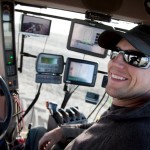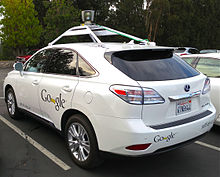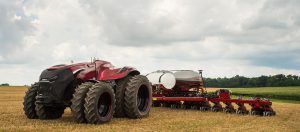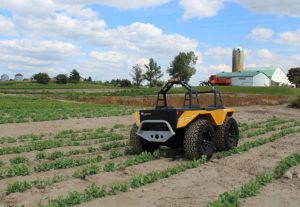 There is an image of farming – bucolic, peaceful, unfettered by the concerns of the technological age. It’s lovely, and many of us indulge it to some degree… but it is patently false. Agriculture is an industry moving quickly on the technology curve as markets demand more, higher-quality, and cheaper food and grains. Specialized implements, higher-horsepower machines, GPS steering, variable rate planting and spraying, and the cellphone have all had an impact on farm productivity. But that’s not all.
There is an image of farming – bucolic, peaceful, unfettered by the concerns of the technological age. It’s lovely, and many of us indulge it to some degree… but it is patently false. Agriculture is an industry moving quickly on the technology curve as markets demand more, higher-quality, and cheaper food and grains. Specialized implements, higher-horsepower machines, GPS steering, variable rate planting and spraying, and the cellphone have all had an impact on farm productivity. But that’s not all.

Courtesy of Waymo
The Robots are coming.
Look, anybody who has sat in a tractor or combine moving through the field by itself using AutoSteer has to have thought, “Do I really need to be here?” In various cities around the U.S., we have been witness to Google vehicles (and others) happily (if sometimes slowly) wheeling themselves around town, their human handlers typing away on their laptops. If they can run sedans on public roads, they can run a tractor down a row of corn. There are a lot of questions about what the first (big) bunch of farm robots will be doing, but the Japanese have been using almost completely autonomous mini-tractors for rice transplanting for years. There are a lot of people and companies testing robots around the world for farming – big ones and little ones.

Courtesy of CNH
We have been interested in robots on the farm because we had a vague sense they need a lot more data connectivity than is available in most places now. So I read this article with interest; to quote: “Internet access is a problem,” [Scott Shearer, professor and chair of Food, Agricultural and Biological Engineering, Ohio State University] said. “We need 10 megabits per second connection speed.” Data-gathering tools today can capture gigabytes of information that must be able to flow back to the driverless machine quickly and easily; and the machine must be able to communicate to a central location too.
In some places, cellular connectivity may be enough, but, as discussed earlier in this blog, we don’t expect cellular service to improve dramatically in rural America. And it’s going to still be expensive.
Our modest proposal: set up an AyrMesh network on your farm today for long-range WiFi. And be ready for the robots!

Courtesy of ClearPath Robotics
